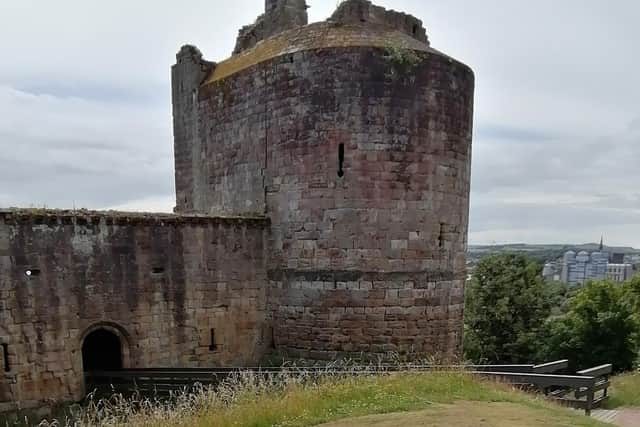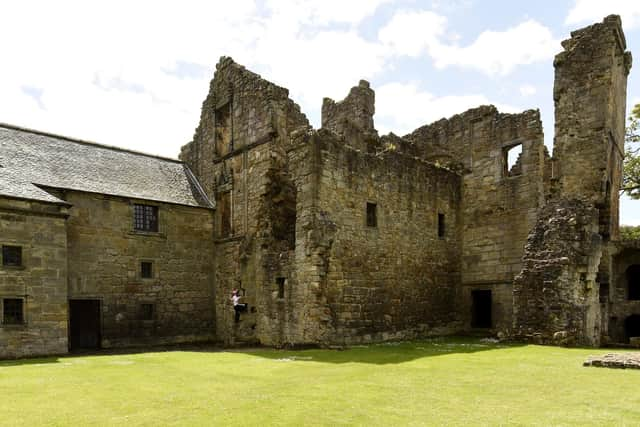Historic Fife castles inspected to assess impact of climate change on buildings
and live on Freeview channel 276
Historic Environment Scotland is rolling-out the new programme of tactile condition surveys in response to concerns over the deterioration of high-level masonry caused by several combined factors, including the materials used during construction, age, physical location and climate change.
It has already restricted access to some of its sites to enable visitor safety - and the new checks will give the organisation a detailed picture of the works that needs to be done.
Advertisement
Hide AdAdvertisement
Hide AdThe first phase of checks will include Ravenscraig Castle in Kirkcaldy as well as Culross Abbey, Dunfermline Abbey and St Andrews Castle.


Phase two will include Aberdour Castle.
The hands-on surveys - undertaken by specialist HES technical staff - will provide a detailed and accurate picture of properties’ condition and will inform a subsequent programme of repairs, conservation work, adaptation measures, interventions and new ways of caring for these historic assets.
Dr David Mitchell, director of conservation, said: “This is a major programme of activity taking place across Scotland, involving a new approach to inspections and new skills requirements for our teams.


“Our changing climate since the 1960’s has accelerated the natural process of decay and the nature and location of some properties makes them particularly susceptible.
Advertisement
Hide AdAdvertisement
Hide Ad“Our response to this situation requires us to evolve our approach and what we are finding will increasingly become an issue for many building owners across Scotland.
“We have developed an approach to allow us to prioritise sites based on health and safety first and foremost, as well as the benefits that properties generate for local communities. “
He stressed that the conclusion of checks won’t mean a castle or historic building will open either partially or fully straight away.
He said: “It is entirely dependent on what we find.
"Once a site is assessed and we have an indication of what the issues are, we will then make decisions on what happens next.”
HES is also exploring alternative visitor experiences.
This includes partial access at some of the sites, and opening up interior spaces with safety corridors and viewing platforms.
